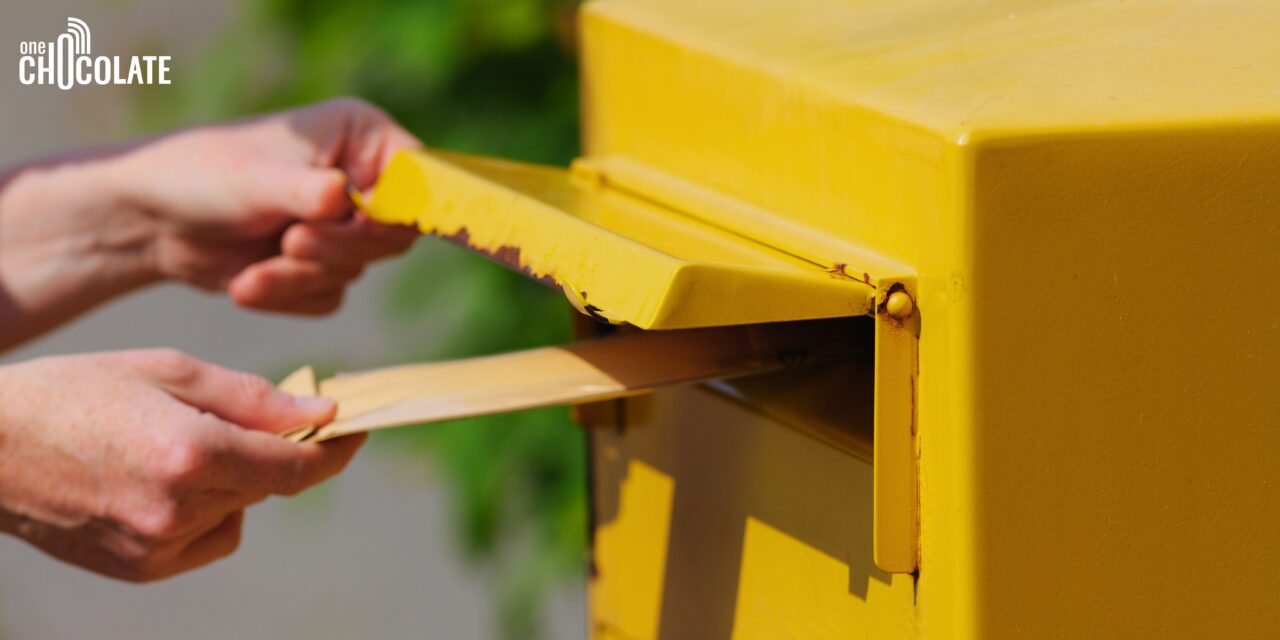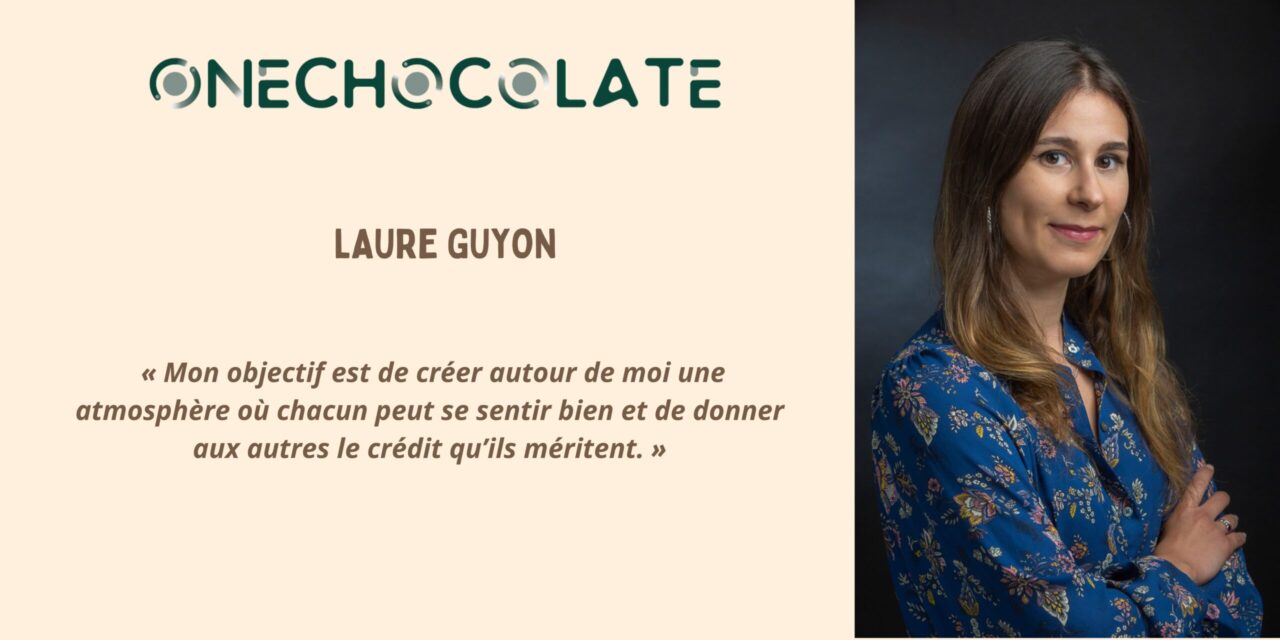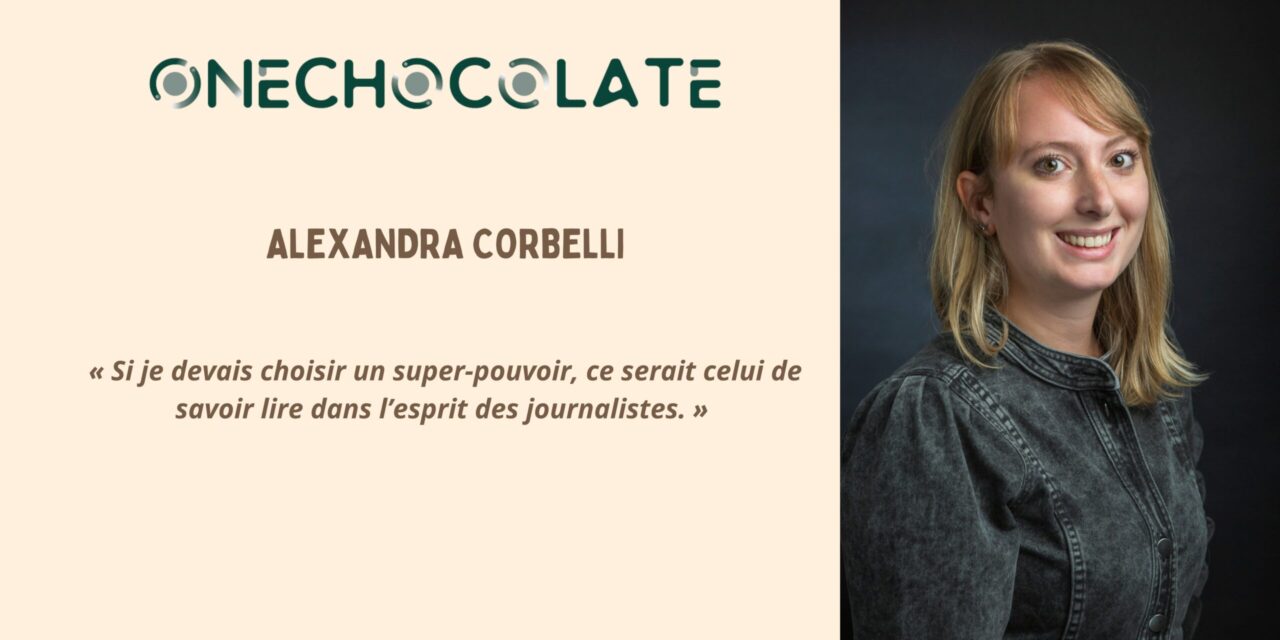Curious about Press Relations, Tech, and Digital Communications? You have come to the right place.
This blog is more than just a showcase—it’s where our Press Officers and Communication specialists share their expertise, their creativity, and their insights. Each post is designed to inform, inspire, and maybe even surprise our readers.
You will find practical tips for mastering the finer points of Press Relations, exclusive interviews with major players in the media and tech sectors, and analyses of the digital trends that shape our industry. You’ll also get a behind-the-scenes glimpse of life at OneChocolate, because we believe the best ideas often emerge from genuine human exchanges.
Settle in, get comfortable, and let our experts guide you.












